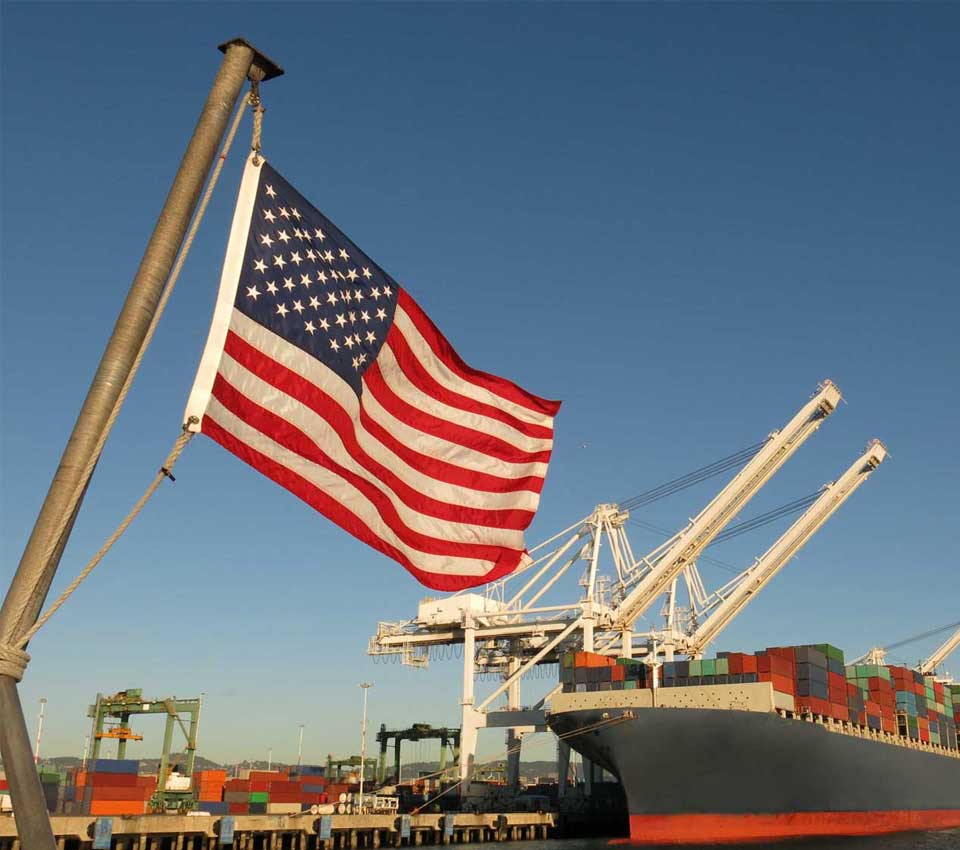
In a major shift for U.S. trade policy, President Trump introduced on April 2 a broad new tariff strategy aimed at protecting American industries and reshaping global sourcing patterns.
The changes – largely effective on April 5 -will have significant implications for U.S. importers, exporters, and supply chains worldwide.
What’s Changing?
10% Universal Tariff:
A flat 10% tariff now applies to all goods entering the United States, including from traditional trade allies such as the UK, EU, and Japan.
25% Tariffs on Canada and Mexico: As of April 1, all imports from Canada and Mexico are subject to a 25% tariff.
While both countries are U.S. free trade partners under the United States-Mexico-Canada Agreement (USMCA), they face the possibility that preferential access through the USMCA and other free trade agreements may not offer meaningful relief.
Businesses that rely on integrated North American supply chains – including automotive, agriculture, and consumer goods – are now facing sharp increases in landed costs.
Targeted Tariff Hikes on Key Manufacturing Countries
Additional country-specific duties have been introduced for goods sourced from key production hubs:
China: 54% total (including previous measures)
Vietnam: 46%
Cambodia: 49%
Bangladesh: 37%
European Union: 20%
Japan, South Korea, India, Taiwan, and others: 24–36%
End of de minimis on Chinese Shipments
Beginning May 2, the U.S. will eliminate the $800 duty-free threshold for low-value shipments arriving from China. This change will affect eCommerce players and air and express services.
Why This Matters
While the policy is domestically driven, the ripple effects will reach far beyond U.S. borders. These tariffs fundamentally alter how U.S. businesses source, price, and deliver products.
Sectors Facing Immediate Pressure
Apparel, footwear, home goods, electronics and automotive parts are all expected to see significant cost increases, particularly those reliant on complex, multi-country supply chains or final assembly in Asia or North America.
North American Trade Under Strain
With tariffs now imposed on Canada and Mexico, longstanding assumptions about frictionless regional trade are being challenged. Many U.S. companies that manufacture or source within North America may be forced to reevaluate production strategies or absorb higher costs.
Input Costs and Pricing Risks
Even companies that primarily manufacture in the U.S. could feel the squeeze as tariffs raise the price of raw materials, components, and semi-finished goods sourced from affected countries.
Possible Retaliation and Market Shifts
The European Commission has signaled that retaliatory tariffs are under active review. If implemented, U.S. exporters could face dual pressures: tighter margins at home and reduced competitiveness abroad. At the same time, goods blocked from entering the U.S. may be diverted into the UK and EU, raising the risk of market saturation and dumping, particularly in lower-cost categories like clothing, shoes, and household goods.
What U.S. Businesses Should Do Now
To stay competitive and avoid disruption, we recommend:
Reassessing exposure to high-tariff countries and at-risk logistics lanes.
Reviewing landed cost models and adding flexibility to pricing strategies.
Monitoring trade developments, especially any changes to USMCA enforcement or EU retaliation.
Watching for early signs of oversupply or margin pressure in your product categories.
We’re Here to Help
Our team is actively working with U.S. businesses – as well as partners in Canada, Mexico, the UK, and the EU – to navigate this evolving landscape. Whether you’re concerned about cross-border manufacturing, global sourcing, or shifting demand patterns, we can help you assess the risks and plan for what’s next.
Reach out today to explore options such as alternative sourcing routes, revised logistics strategies, and tariff impact modeling.





